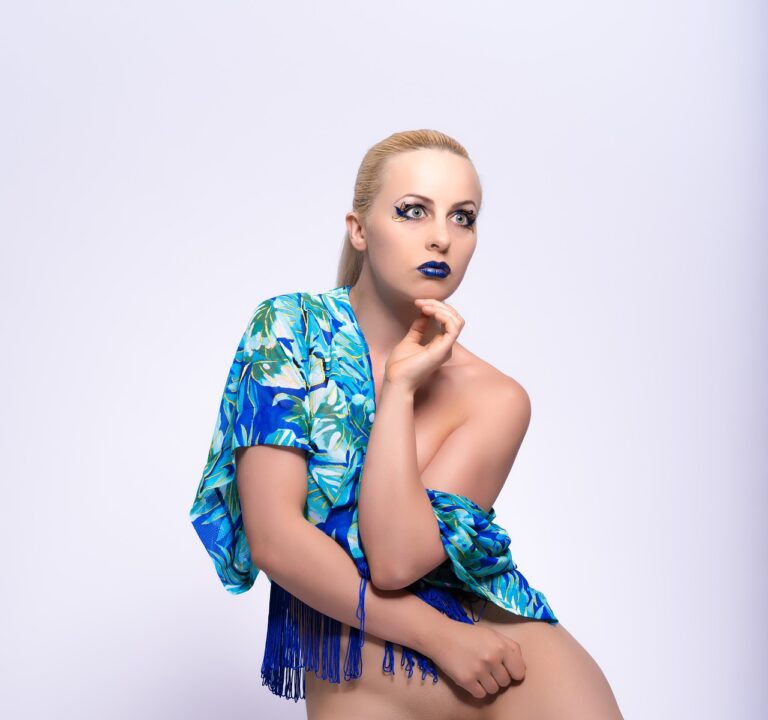Fashion and Activism: Using Style for Social Change
Fashion has long been a powerful medium for self-expression and social commentary. In recent years, it has also emerged as a tool for advocacy and activism. Designers, influencers, and consumers alike are using fashion to raise awareness about important societal issues and promote positive change.
Through the use of slogans, symbols, and visual elements, fashion pieces can convey powerful messages and amplify the voices of marginalized communities. By wearing clothing that supports causes such as gender equality, environmental sustainability, or racial justice, individuals can spark conversations and inspire others to join in the fight for social progress. The intersection of fashion and advocacy not only empowers individuals to express their beliefs but also fosters a sense of community and solidarity among like-minded individuals.
The History of Fashion and Activism
Fashion has long been intertwined with activism throughout history, with clothing serving as a powerful medium for expressing social and political messages. From the suffragettes of the early 20th century donning white dresses as a symbol of their fight for women’s right to vote, to the Black Panthers sporting black leather jackets as a symbol of resistance against racial oppression, fashion has been used to make bold statements and challenge the status quo.
In the 1960s and 70s, the counterculture movement embraced tie-dye shirts, bell-bottom jeans, and other unconventional styles as a rejection of mainstream societal norms. This era saw fashion being used as a form of protest against war, consumerism, and inequality. The punk movement of the late 1970s took this a step further, with individuals using ripped clothing, safety pins, and bold hairstyles to rebel against the norms of the time.
How has fashion been used as a tool for advocacy?
Fashion has been used as a tool for advocacy by individuals and groups who want to raise awareness about social issues and promote positive change. Through clothing, accessories, and even runway shows, activists can make powerful statements and spark important conversations.
Can you provide some examples of how fashion has been used for activism throughout history?
Sure! Examples of fashion being used for activism include the suffragettes wearing white dresses as a symbol of their fight for women’s voting rights, the Black Panther Party wearing black leather jackets and berets as a symbol of black unity and empowerment, and celebrities using red carpets as platforms to promote important causes through their clothing choices.
How has the history of fashion and activism evolved over time?
The history of fashion and activism has evolved over time as societal norms and values have shifted. In the past, fashion was often used as a form of rebellion against the status quo, while today it is more commonly used as a way to advocate for social justice and equality.
How can individuals use fashion as a tool for advocacy in their own lives?
Individuals can use fashion as a tool for advocacy in their own lives by being mindful of the brands they support, wearing clothing that promotes messages they believe in, and using their personal style to start conversations about important issues. By making conscious choices about what they wear, individuals can make a positive impact on the world around them.





